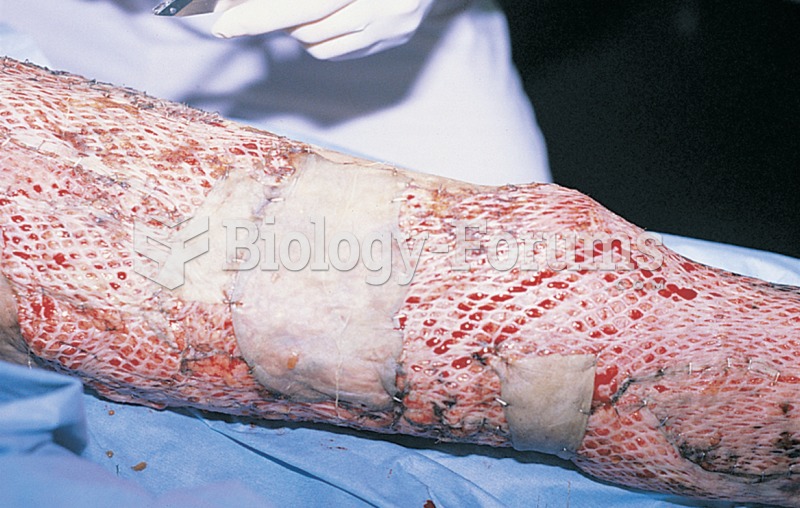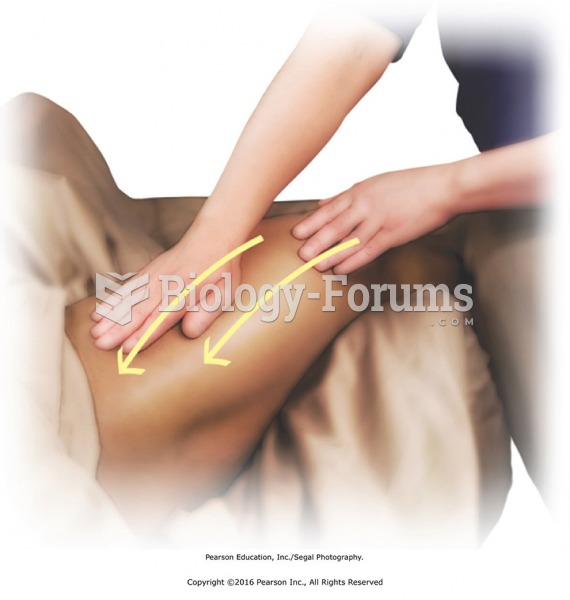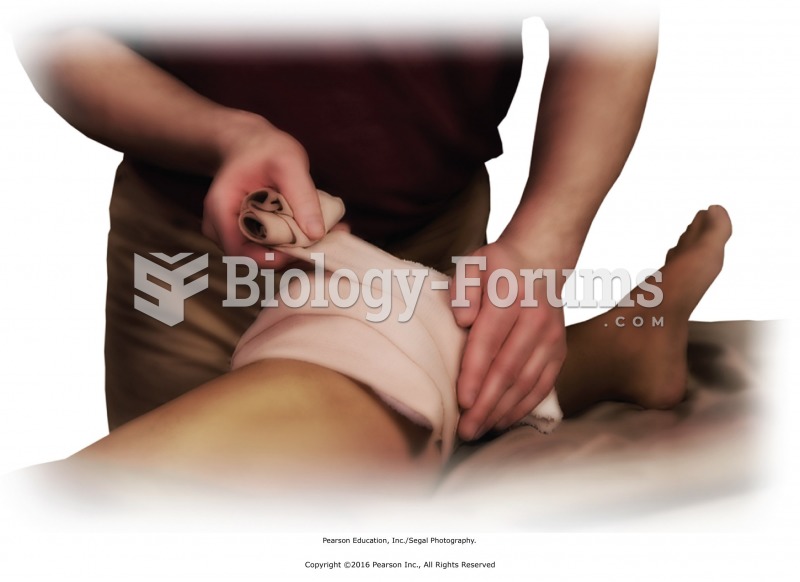|
|
|
Green tea is able to stop the scent of garlic or onion from causing bad breath.
Acetaminophen (Tylenol) in overdose can seriously damage the liver. It should never be taken by people who use alcohol heavily; it can result in severe liver damage and even a condition requiring a liver transplant.
The newest statin drug, rosuvastatin, has been called a superstatin because it appears to reduce LDL cholesterol to a greater degree than the other approved statin drugs.
Barbituric acid, the base material of barbiturates, was first synthesized in 1863 by Adolph von Bayer. His company later went on to synthesize aspirin for the first time, and Bayer aspirin is still a popular brand today.
The average human gut is home to perhaps 500 to 1,000 different species of bacteria.
 (a) Mean duration (days) and (b) average maximum depth (mm) of snow cover throughout northern latitu
(a) Mean duration (days) and (b) average maximum depth (mm) of snow cover throughout northern latitu
 A freshly applied autograft. Note that the donor skin has been perforated so that it can be stretche
A freshly applied autograft. Note that the donor skin has been perforated so that it can be stretche
 Apply deep effleurage to the thigh from knee to superior thigh. Cover anterior, medial, and lateral ...
Apply deep effleurage to the thigh from knee to superior thigh. Cover anterior, medial, and lateral ...




